Ghost Town Adventure at Bodie State Historic Park
This week we are heading back in time and visiting a fantastic California ghost town. Join me for a tour of Bodie State Historic Park.
FAST FACTS
• Distance: > 2 miles
• Elevation Change: > 150 ft
• Difficulty: Easy
Conway House at Bodie State Historic Park
Location
The state park is nearly 8,400 feet above sea level and is located a bit off the beaten path. The entrance sits 13 miles off Highway 395 northeast of Yosemite National Park’s Tioga Pass entrance. When visiting, it’s important to note that the roads can be covered with snow and are not plowed during the Winter. Also, the last 3 miles of this drive covers rough unpaved road, so always check the state park website for up-to-date information and road conditions before your trip here.
DeChambeau Hotel at Bodie State Historic Park
Sam Leon’s Bar and Joe Hahner Barber Shop at Bodie State Historic Park
History
This area was long home to Northern Paiute and Mono Lake Paiute tribes who hunted small game and fished local streams for centuries. Unfortunately by the early 20th Century, less than 5% of the original area remained under control of local tribes after the Gold Rush flooded the area with minors.
The town of Bodie was founded in 1876 and named for W.S. Bodie. Bodie was first credited with discovering gold with his mining partner E.S. “Black” Taylor in the hills north of Mono Lake in 1859. Unfortunately Bodie never saw the gold rush that turned the area into a boom town…he perished when he was caught in a severe snowstorm in the area on his way back to camp in November 1959. It’s believed Bodie was panning for gold off a seasonal creek along the backside of the bluff and followed the path to this area. Mining in this district began at a slow pace until 1875 when one of the mines collapsed, revealing one of the richest gold ore strikes in California. By 1879, Bodie had exploded into a thriving town of nearly 10,000 residents and 2,000 buildings.
Looking down Green Street at Bodie State Historic Park
From 1877 to 1881 Bodie’s mining district included 30 mines and nine stamp mills, as was often the case when gold was involved. Bodie’s mines were swiftly depleted, and by 1880 a mass exodus had begun. Residents left looking for better opportunities and headed to new gold and silver rushes in Utah and Tombstone, Arizona. By 1886 less than 1500 people remained in the town, and devastating fires followed in 1882 and 1932, destroying all but 10% of the town. Nearly 2,000 buildings were burned down, leaving less than 200 as almost all of the last residents began to leave. James S Cain was Bodie’s last major land owner, and in 1962 California State Park system purchased the town to preserve the unique history here.
Swasey Hotel and the Old Barn at Bodie Ghost Town
State Historic Park & Ghost Town
Less than 10% of Bodie’s original 2,000 buildings still stand today, however this is an incredible ghost town featuring nearly 200 structures. Before you start thinking of scary stories, a true ghost town is simply an old west town that’s been completely abandoned where no one lives anymore…and Bodie is a remarkable example of this. California State Parks has done a wonderful job preserving Bodie in a state of “arrested decay,” meaning they don’t update or revamp the town at all. They keep the buildings exactly as they were when the residents left, preserving an authentic and unchanged glimpse into the past here.
Methodist Church along Green Street
Visiting & Self Guided Tour
At the park entrance you’ll be directed to drive a quarter of a mile to the parking area, where restrooms and a drinking fountain can be found. A short paved path leads to the beginning of the buildings that make up this ghost town along Green Street.
Looking inside the Methodist Church at Bodie State Historic Park
Methodist Church
One of the first notable features is the Methodist Church. Built in 1882, this is Bodie’s only church that still remains standing…a Catholic church was also built in Bodie in 1882, but it burned in a 1928 fire.
Museum & Visitor Center inside the Miners Union Hall
Miners Union Hall
Continuing on, you reach Main Street. Here the old Miners Union Hall, which was built in 1887, is one of the only buildings that has been updated. In Bodie’s heyday, this building hosted religious services, grand balls, masquerade parties, and school recitals. The building has now been transformed into a museum and bookstore that features a wide array of artifacts from Bodie’s history.
Walking around inside the Miller House
Inside the Miller House at Bodie State Historic Park
Miller House
The Miller House is one of the few buildings you’re allowed to enter that remains in its original state of arrested decay. Tom Miller worked for the Bodie Railway and Lumber Company. He and his wife Jesse lived here with their two children in 1900. Inside the house you can see layers of wallpaper cracking away. On one wall an interpretive photo panel shows Bodie during different eras in the town’s history.
Schoolhouse along Green Street with the Standard Mill in the distance
Looking through the windows of the Bodie Schoolhouse
Schoolhouse
The School House was originally a lodging house, and it’s said that this building became a school after the original school was burned down by an unnamed juvenile delinquent. In the 1879 school year, this building reached its highest enrollment of 615 students. It closed its doors for the last time in 1942. While you can’t enter the building, you can peer through the windows to see decades of dust collected on the desks, along with old globes and school papers sitting inside.
J.S. Cain House at the corner of Green Street and Park Street
J.S. Cain House
Many of Bodie’s buildings are either named for function or notable residents who lived there, such as is the case with the J.S. Cain House. James Cain moved to Bodie in 1879 at the age of 25, entering the lumber business. In 1888 he became a banker and kept the Bodie Bank until 1932. This house stands out with its tall brick fireplace and old bottles reflecting in the front window
Brick vault remnants of the Bodie Bank
Bodie Bank
All that remains of the Bodie Bank is the giant door and brick walls surrounding the still-intact vault. While Bodie had a wild west reputation for being a rough and dangerous place, this bank wasn’t done in by bandits…rather it was the devastating 1932 fire that finally destroyed this building. In fact, the bank was never robbed! However, one nighttime burglary happened in 1916 and approximately $2000 in cash was taken.
Bodie Jail along Bonanza Street near Chinatown
Bodie Jail, Bonanza Street & Chinatown
The Bodie Jail still stands on the far side of town, and one can only imagine the stories these walls could tell. Just past the jail once existed Bonanza Street, which is now hidden and covered with overgrown brush. Bonanza Street lead to Bodie’s red light district (sometimes referred to as Maiden Lane or Virgin Alley), where the ladies of the evening lived and worked in a row of mostly one room cabins called cribs. It also was situated next to Chinatown, of which only a few ruins remain. Chinese people played a vital role in this town, but they were sadly discriminated against. They were not allowed to join the Minors Union and they lived in this separate area of town. This long forgotten part of town was home to many of Bodie’s more than 60 saloons, opium dens, and gambling halls.
Standard Consolidated Mining Company’s Stamp Mill at Bodie
Bodie Mining
The Standard Consolidated Mining Company and its Stamp Mill was the most successful mining company that operated in Bodie’s mining district. The mine yielded more than $18 million over 38 years. Because the mill buildings and surrounding areas can be unsafe and unstable, access to the mill is only available with guided ranger tours during the Summer months (though you can easily view the buildings all around town). For an up-close look at mining equipment, a large wooden structure called a head frame from the Red Cloud Mine has been moved near the parking area…and its an impressive site to see.
Red Cloud Mine equipment near the Bodie parking area
Know Before You Go
• The park entrance fee is $8 for adults and $5 for children ages 4 to 17.
• Park admittance is only available during park hours, which are 9am-6pm in Summer (May 15th to Oct 31st), and 9am-3pm in the Winter (Nov 1st to May 14th). However Summer evening hours are available on select dates (see the park website for exact details).
• It’s always important to remember the Leave No Trace Principles, but here at Bodie it’s also important to leave every rock and rusty can in place, completely undisturbed. Nothing may be moved or taken.
• While the Museum and Visitor Center is considered wheelchair accessible, the rustic nature of the town site can create challenges. Visitors with disabilities may call (760) 616-5040 when the Museum is open to make special arrangements to drive directly to the red barn where a balloon tiered wheelchair is available for a loan.
• Bodie is a very real ghost town, meaning nails, broken glass, and splinters can be found everywhere along the grounds. The roads and paths are often uneven, rough, and rocky to walk.
• Bodie must continually compete with other state parks for limited funding and resources. The Bodie Foundation is dedicated to the preservation of California’s official Gold Rush ghost town…for more information visit www.bodiefoundation.org.
• Bodie State Historic Park is most easily accessed during the Summer. At other times the weather is unpredictable, and off-season visitors are encouraged to contact the park for road and weather conditions before taking the trip.
Bodie Ghost Town & State Historic Park
In Summary
Thanks so much for joining me this week as we stepped back in time to explore California’s incredible Gold Rush ghost town history. For a virtual visit of Bodie State Historic Park, make sure to watch my Behind the Blog YouTube video at the top of this post. Until next week, I hope you find adventure and encouragement wherever you go.
Ruins of the Moyle Warehouse along Bodie’s Main Street
If you enjoyed this post, you might also like…
About Me
I’m Dawn Marie, a travel and lifestyle blogger based out of Southern California. With in-depth articles, travel guides, and reviews on hotels & products, I seek to share my journeys to help you plan for your own. My adventures take me all over California, the western United States, and around the globe...and every Monday I post new content here, including a comprehensive blog post and YouTube video.
Search the Blog
Featured Posts
Etsy Shop
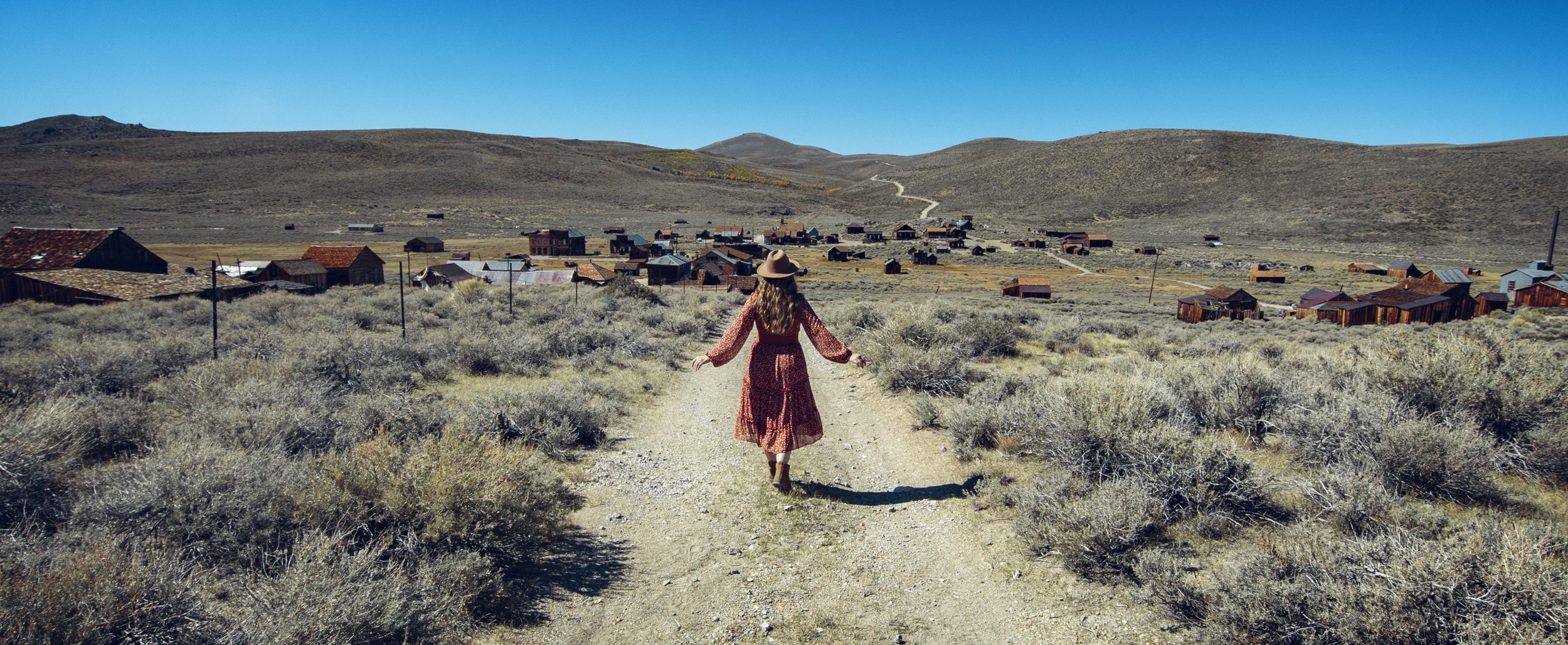
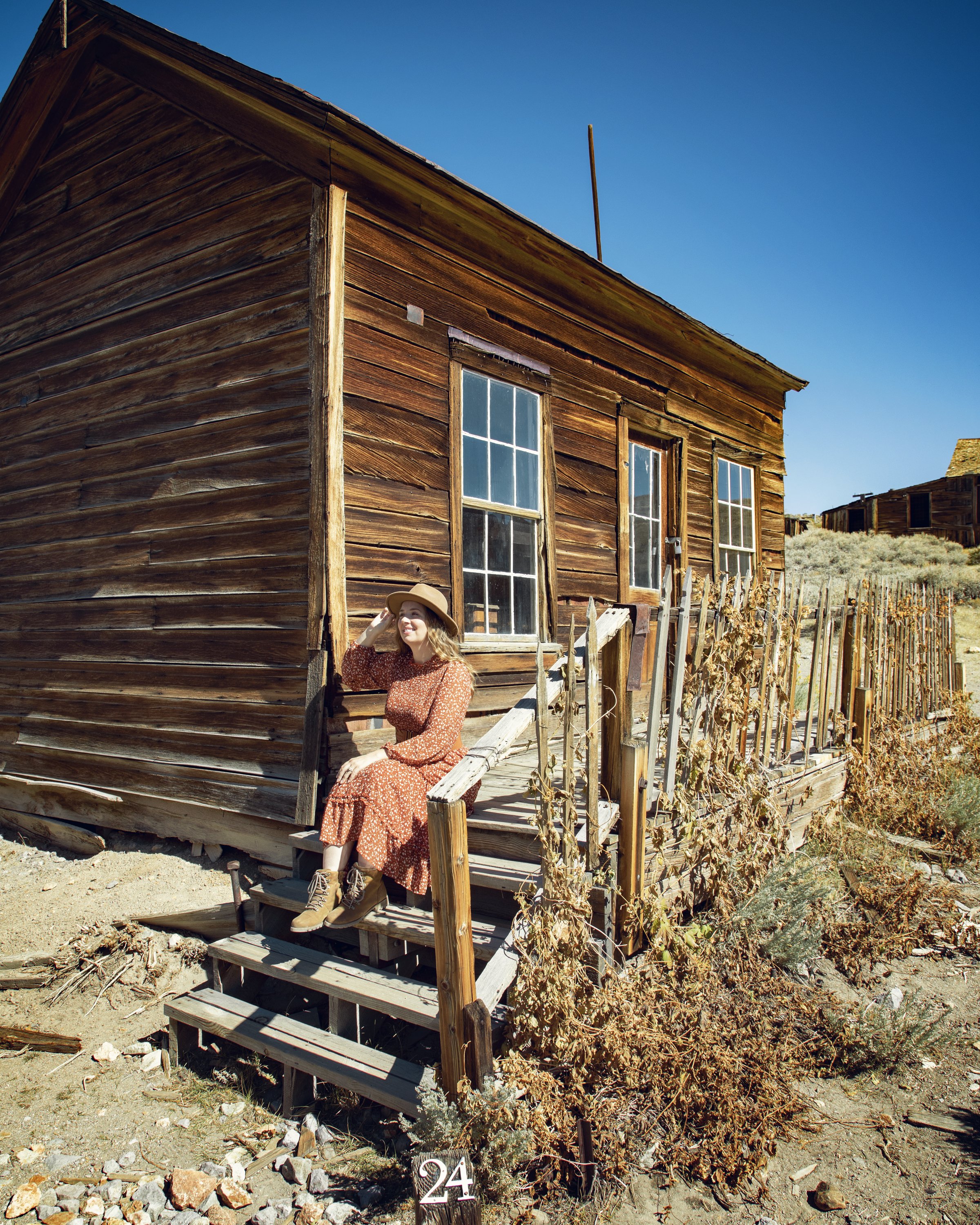

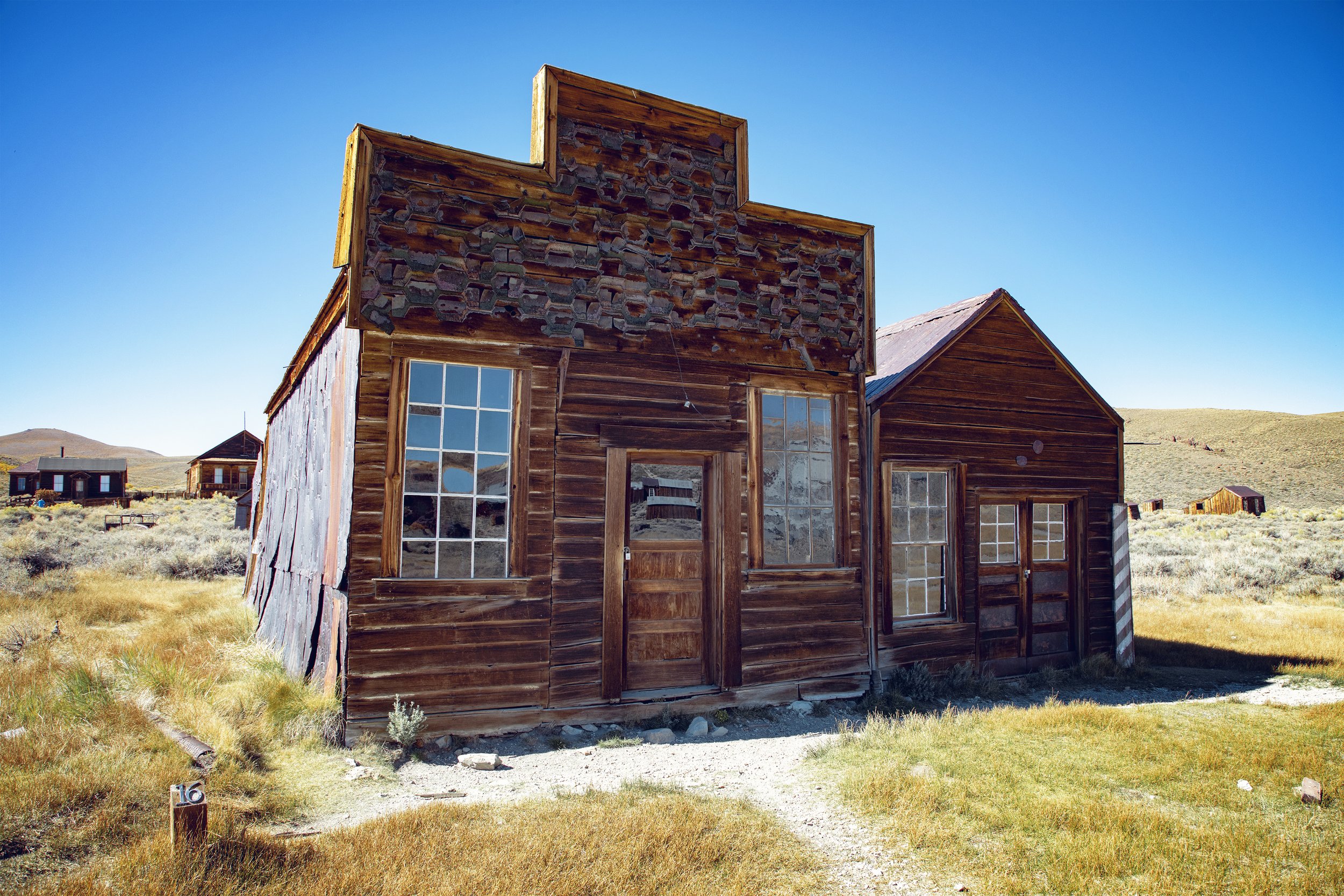


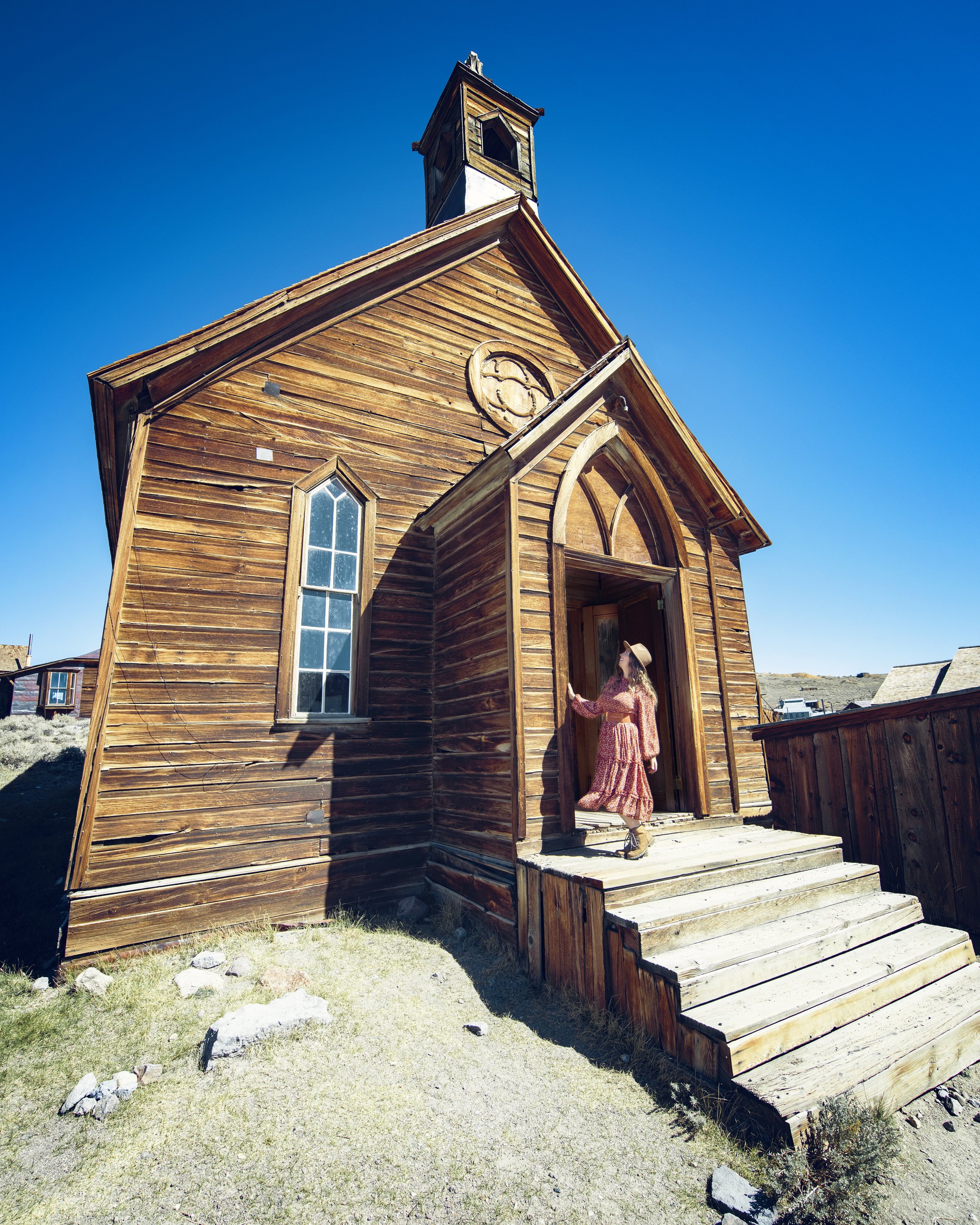

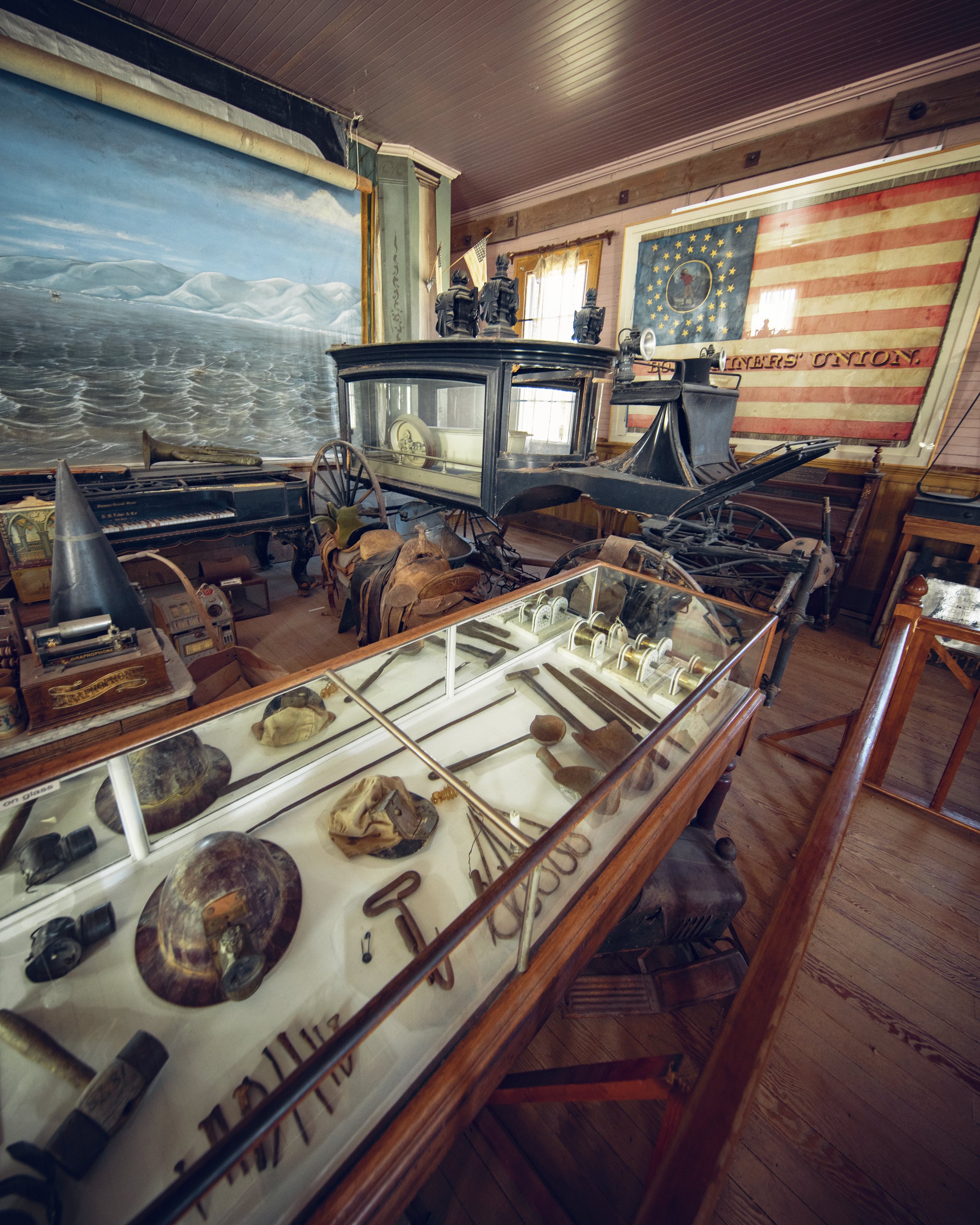
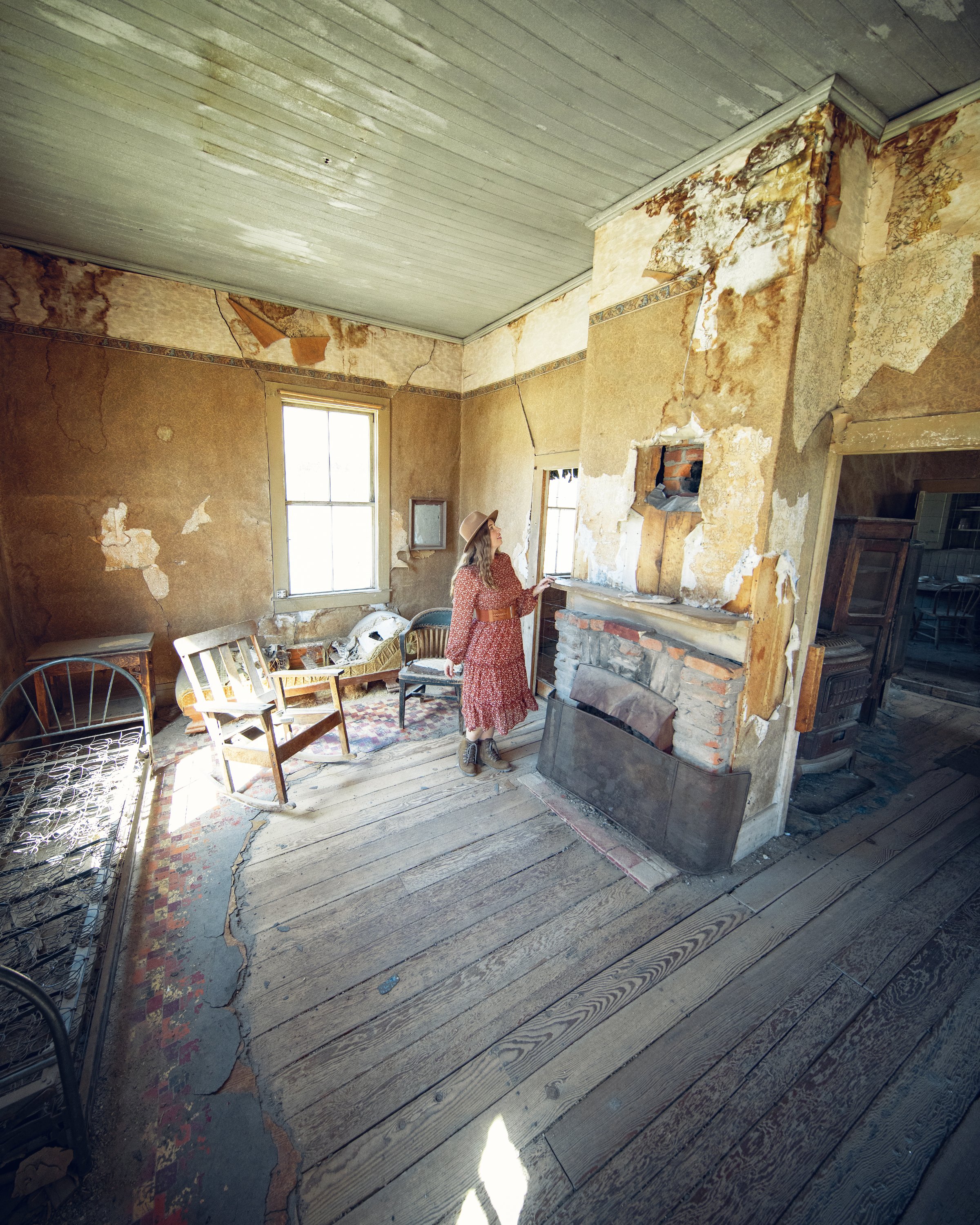

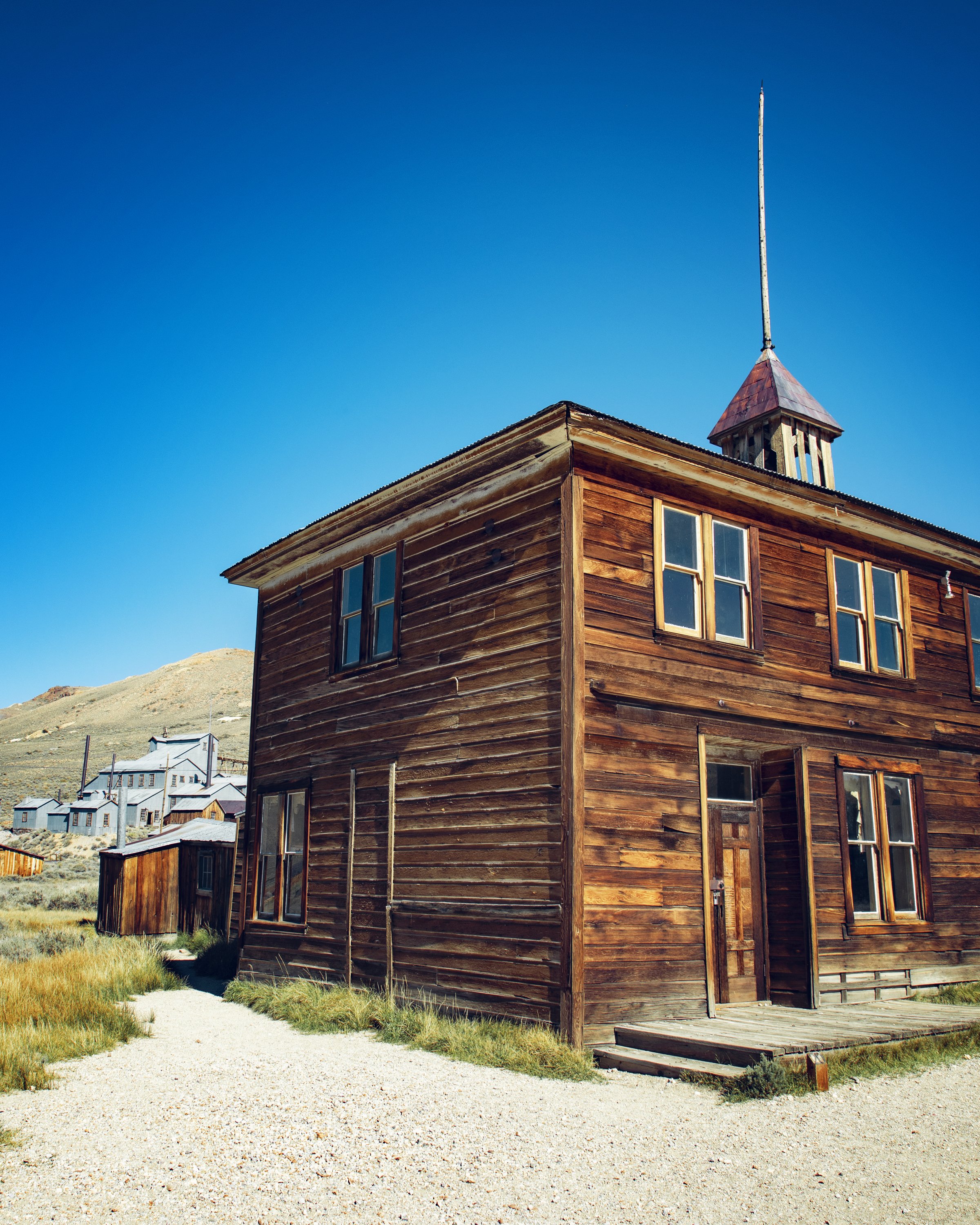
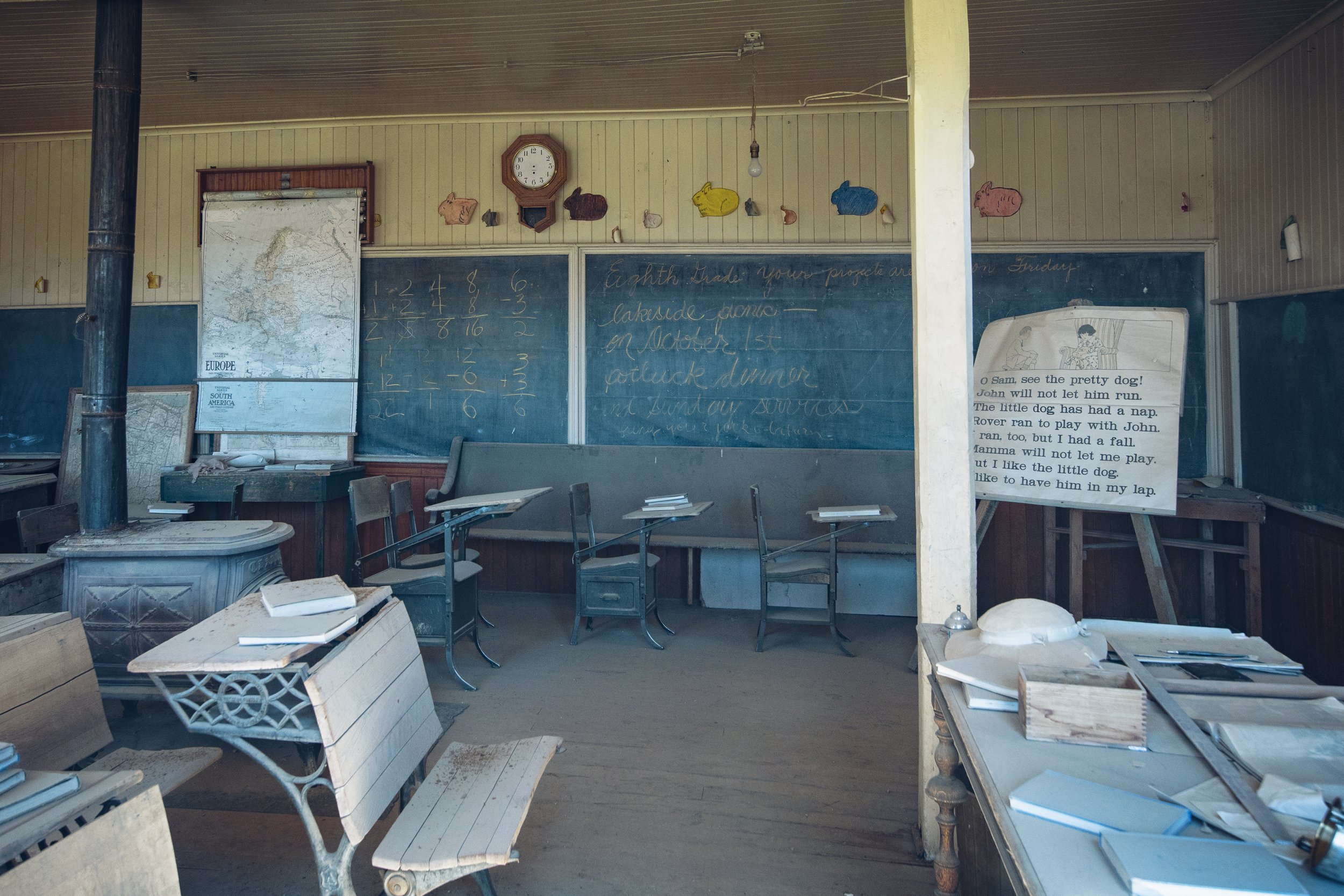


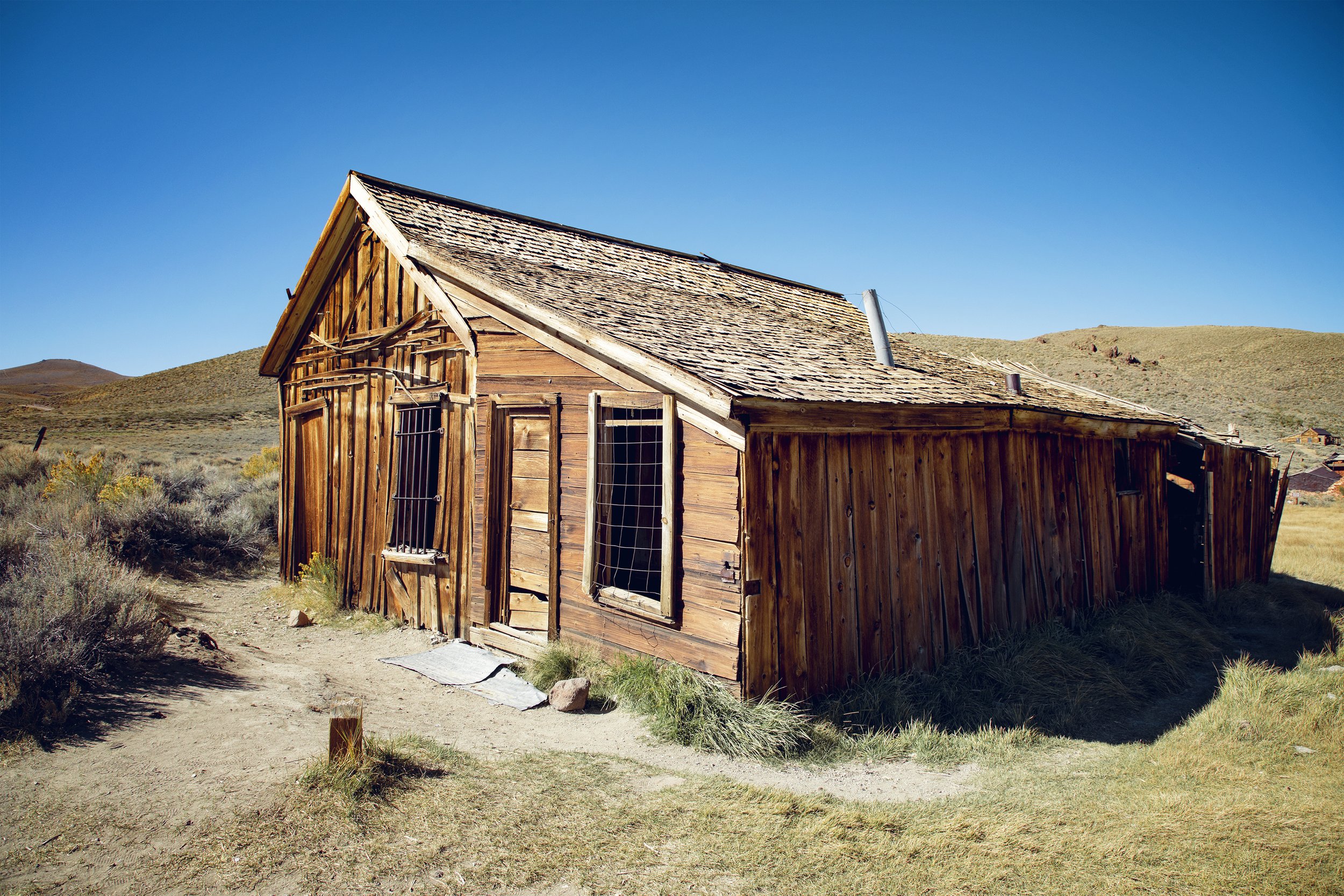

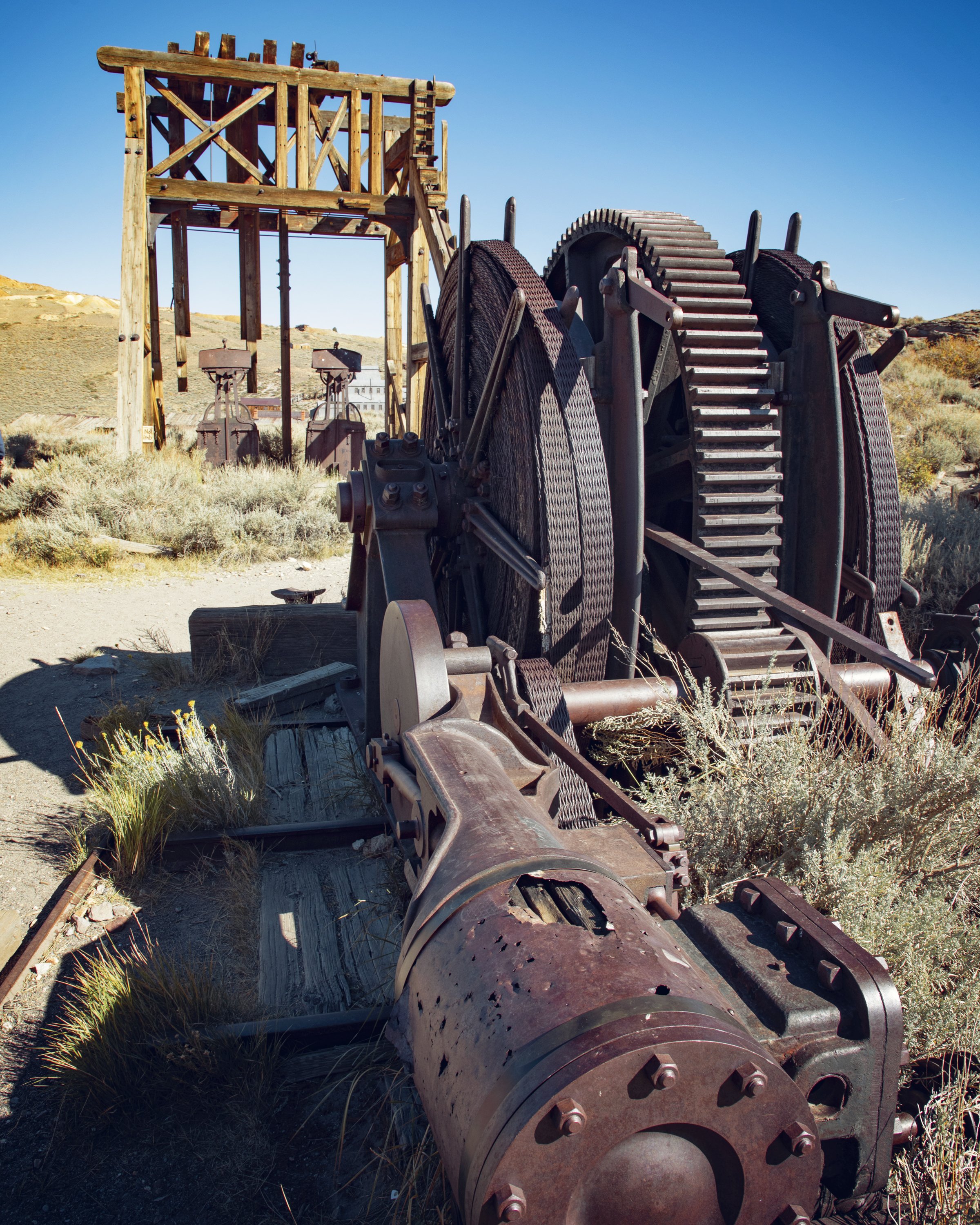
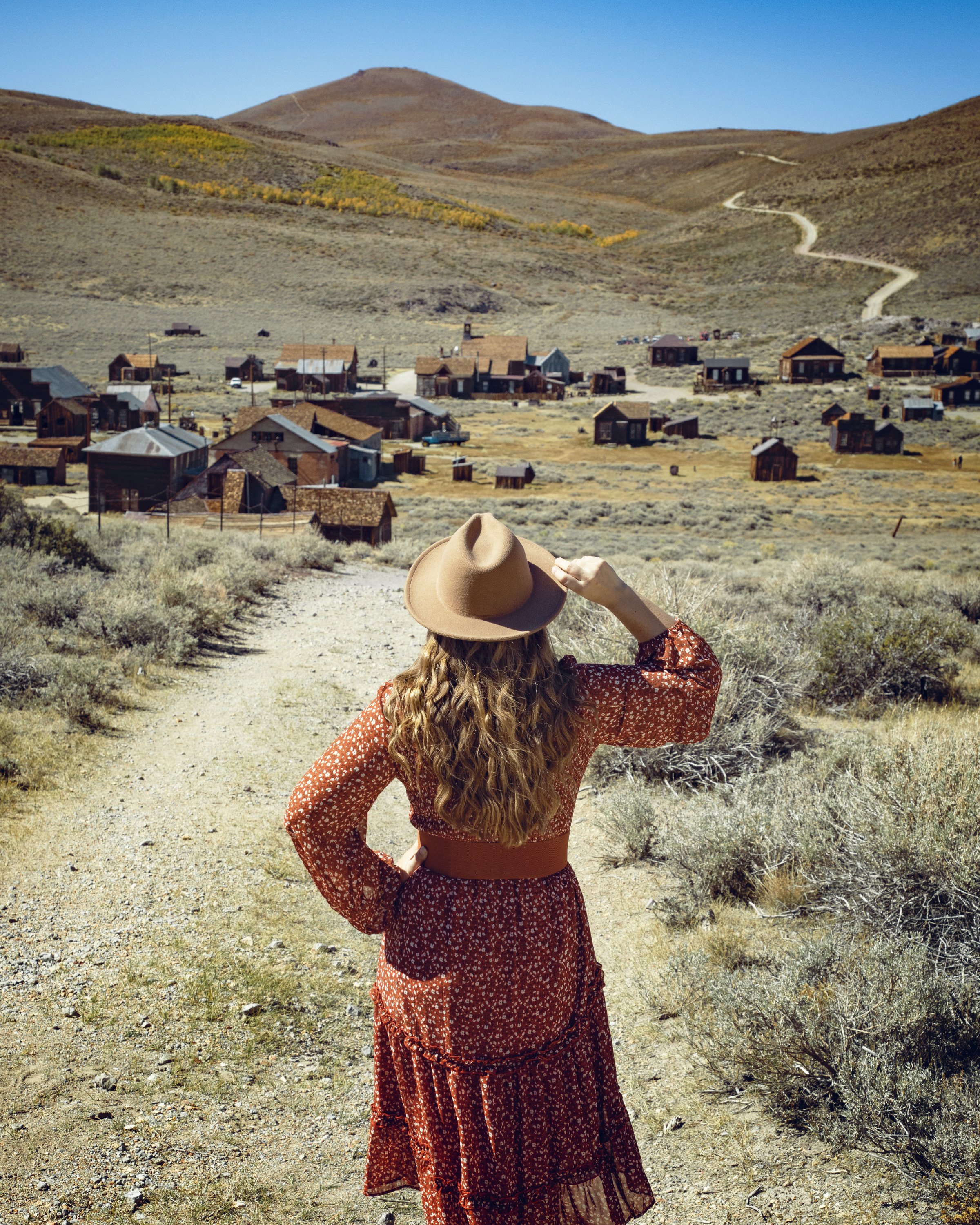
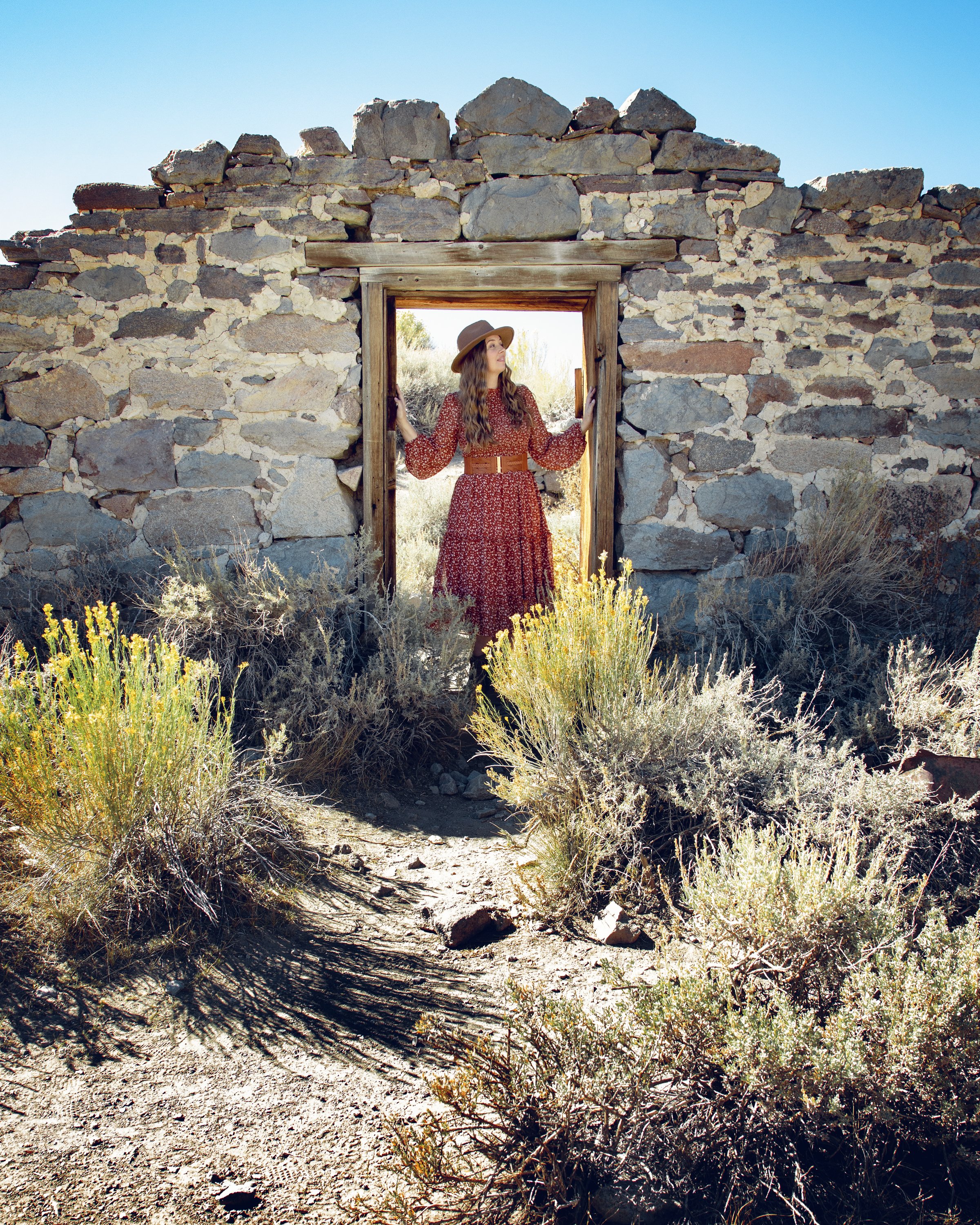






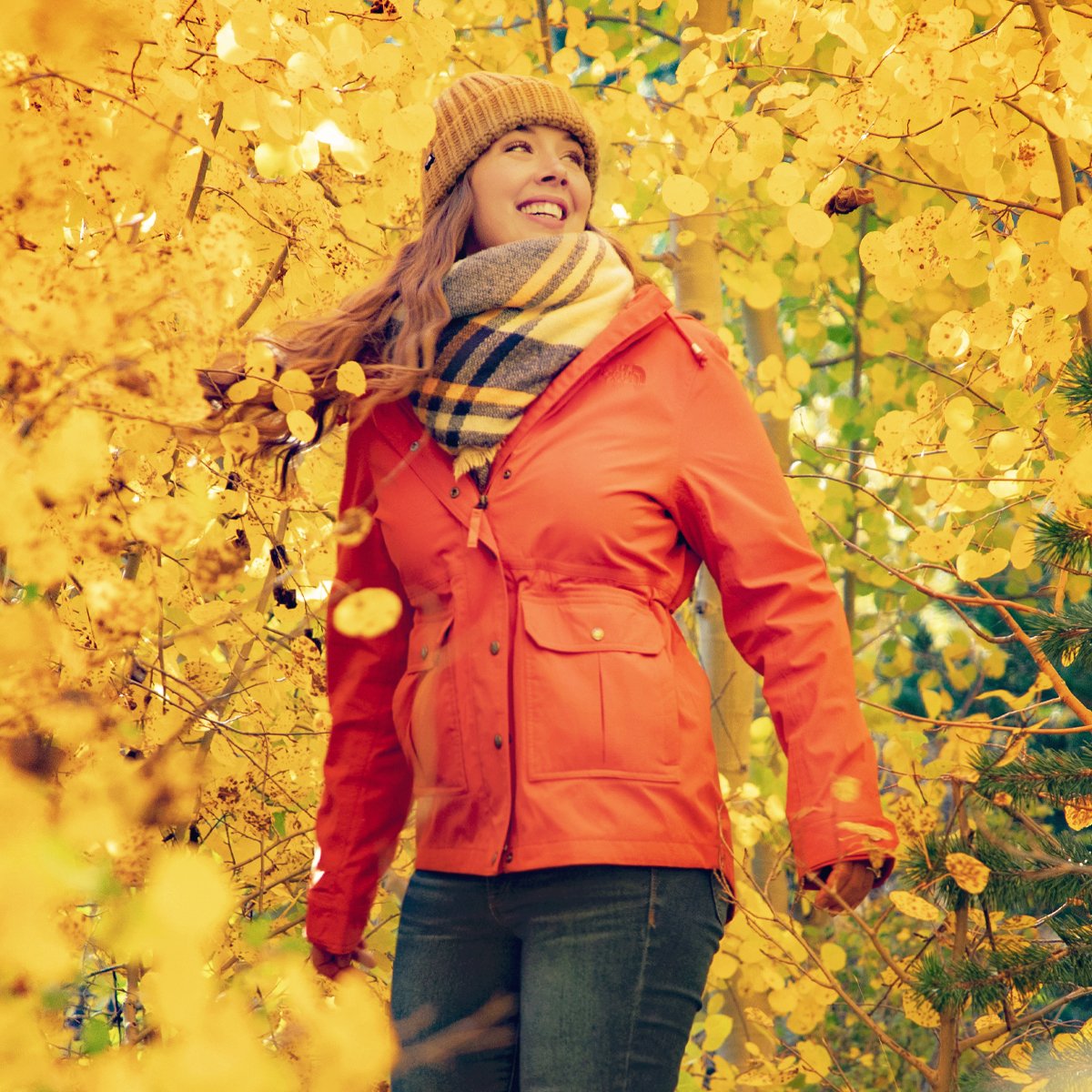

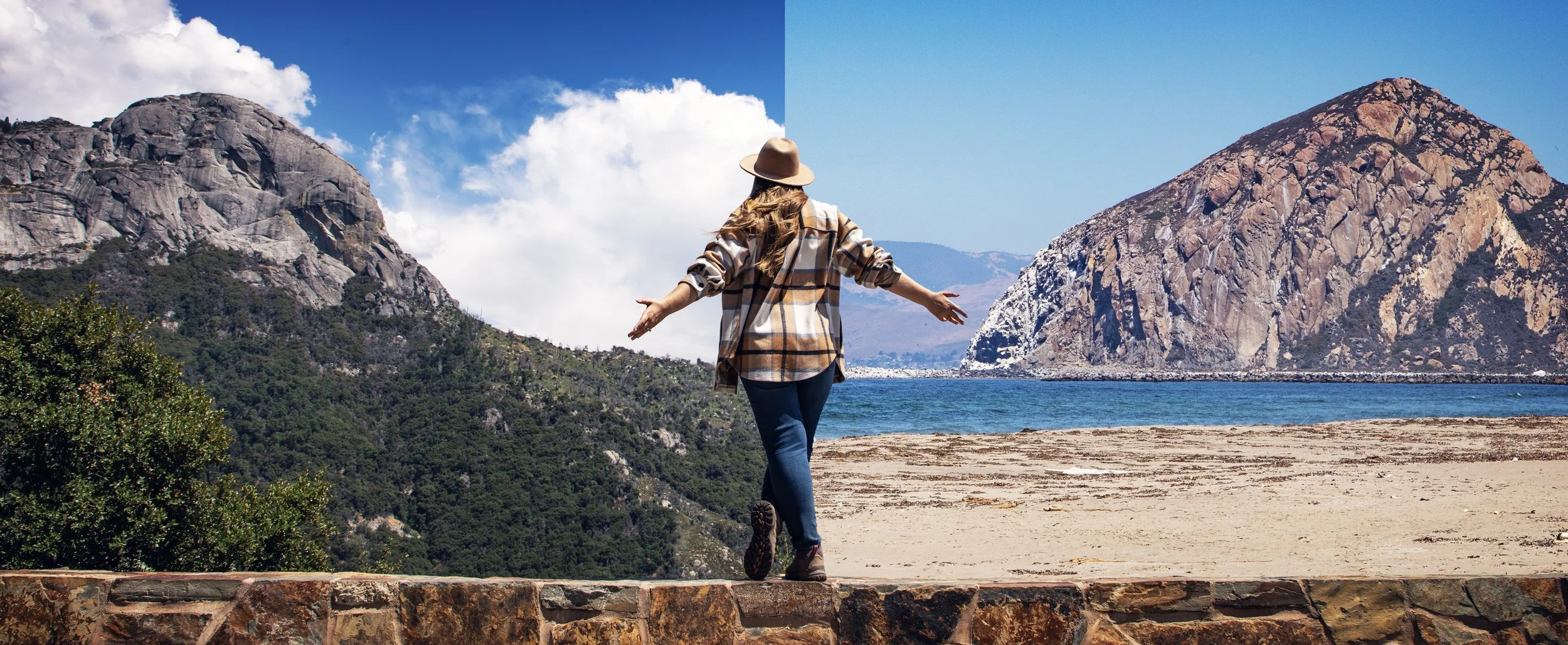




Eastern Sierra Fall Color Report 2025! This is your last chance to see California's fall foliage in Mono & Inyo Counties. Get the latest real-time updates from June Lake Loop, Convict Lake, Tioga Pass near Yosemite, Round Valley, and Bishop. Follow Flying Dawn Marie for weekly Eastern Sierra & Bishop fall foliage updates and Highway 395 travel inspiration to help you plan your next CA road trip.